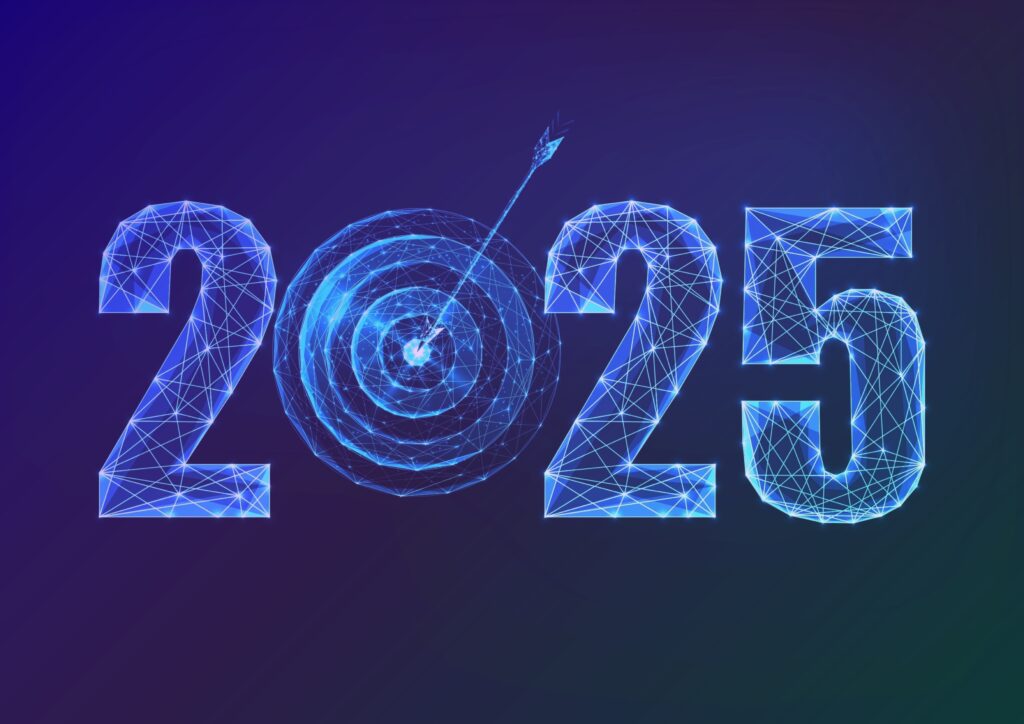Just as seamlessly as you navigate the web, you should be able to “surf” the full length of the IT estate, no matter the technologies that comprise it. This smooth surfing is called Connected Monitoring, and it is a critical part of managing modern IT environments. This post describes what is Connected Monitoring and the capabilities that enable it.
Connected Monitoring: A Definition
Connected Monitoring is an overarching and essential ITOps ability: integrating (or connecting) a unified IT monitoring platform to the full stack of an enterprise’s IT environment.
Your IT estate is constructed from layer upon layer of interconnected technology—you cannot be expected to monitor such an environment without an equally interconnected platform.
Connecting the dots: edge, multicloud, modern networks & ITOps tools
This is 2021: You’re working on cross-functional initiatives such as business resilience, digital business, and everywhere enterprise. Your organization massively invested in a myriad of technological innovations to boost capabilities and performance—not to mention security and business continuity. Edge and multicloud expansions, network modernization and IT automation are accelerating the deep interconnections within the enterprise stack. To manage such complex environments, enterprises are adopting best of breed ITOps solutions such as Splunk, ServiceNow, and PagerDuty, for example. Maintaining end-to-end, holistic visibility and a deep understanding of the optimal working of all these environments requires Connected Monitoring.
In 2021, I&O leaders are making pivotal changes to IT monitoring strategies. For a limited time, you can download a complimentary copy of Gartner 2021 Strategic Roadmap for ITOps Monitoring. The research provides good insights into evolving towards Connected Monitoring.
Connected Monitoring is the fix for a wide range of ITOps pain points
Fifty-nine percent of organizations—more than one in two, admit they are not completely satisfied with their current monitoring tools. Among the main reasons for dissatisfaction:
- Poor integration with other IT Operations Tools
- Lack of unified visibility
- Not scalable: not open and flexible enough for modern IT infrastructure
Organizations that have adopted Connected Monitoring have put these problems behind them. Those that did not struggle with disconnected monitoring and face serious constraints in their ability to manage a complex IT environment.
The 7 signs of disconnected monitoring
From legacy solutions to the newest and most hyped, many IT monitoring solutions present one or more of these integration fault lines:
- Inability or constraints in monitoring newer technologies (ex.: cloud, edge, SD-WAN)
- An assortment of asset-dedicated tools is needed to cover the full IT environment (causing the infamous tool sprawl)
- Costly and cumbersome integration with other ITOps tools
- Low or no capability to support IT automation
- Time and resource intensive implementation processes
- Slow adaptation to tech or environment evolution
- No clear roadmap or leadership in evolving the monitoring platform
If you’re experiencing some of the issues of disconnected monitoring, check out this research, and prepare a list of key questions to ask your current IT monitoring solution provider or those that top your procurement list.
7 questions to ask an IT monitoring solution provider
There are lots of IT monitoring solutions out there. If you’re shopping for a solution that enables connected monitoring, ask these questions to the IT monitoring solutions providers topping your procurement list:
- What’s your monitoring scope? Can you provide unhindered visibility from cloud to edge and from network to application layer?
- Are there connectors for the full modern enterprise stack? For example, can you integrate with our other IT Operations tools such as Splunk, ServiceNow, and PagerDuty?
- Can you spot and adjust to daily changes? Our IT environment is highly fluid and changeable—how are you going to enable current and accurate monitoring?
- How will you scale up? Will you evolve in sync with our ongoing digitization efforts?
- How do you future-proof your solution? What’s your roadmap for adding monitoring capabilities to match our own digitalization roadmap?
- Do you support IT automation? How will your solution support our IT automation initiatives?
- How ready are you for AIOps? How are you going to support us in our first steps towards Artificial Intelligence for IT Operations (AIOps)?
Centreon defined Connected Monitoring because we believe there should no longer be such thing as monitoring solutions. Rather, there should be a unified, holistic monitoring platform that ties all of your IT estate and IT teams together—evolving at the same pace as the technology and future IT possibilities.
7 ways Centreon enables Connected Monitoring
- Unmatched monitoring scope across a very wide range of technologies, from cloud to edge and from network to application layer.
- Facilitated implementation through ready-to-use, pretested, fully packaged IT monitoring connectors.
- Defined roadmap for new monitoring capabilities to keep up with the infinite journey to modern IT.
- IT automation-friendly features such as Auto-Discovery Engine for SaaS, Cloud, Containers, SD-WAN, Wifi and many other recent technologies and API-Centric integration with leading IT automation tools such as Ansible.
- Seamless integration with other IT Operations tools (ex. Splunk, ServiceNow, PagerDuty, and more here) to build the more ambitious observability stack.
- AIOps ready, and without compromise: holistic visibility on complex IT workflows with an AI-powered, cloud-augmented IT monitoring platform today and tomorrow’s capabilities to correlate performance analysis, IT Automation and ITSM into a single AIOps framework.
- Open-source framework for future-proofed I&O capabilities (more about Centreon Open Source).
See the difference: Contact us for a demo on Connected Monitoring.















